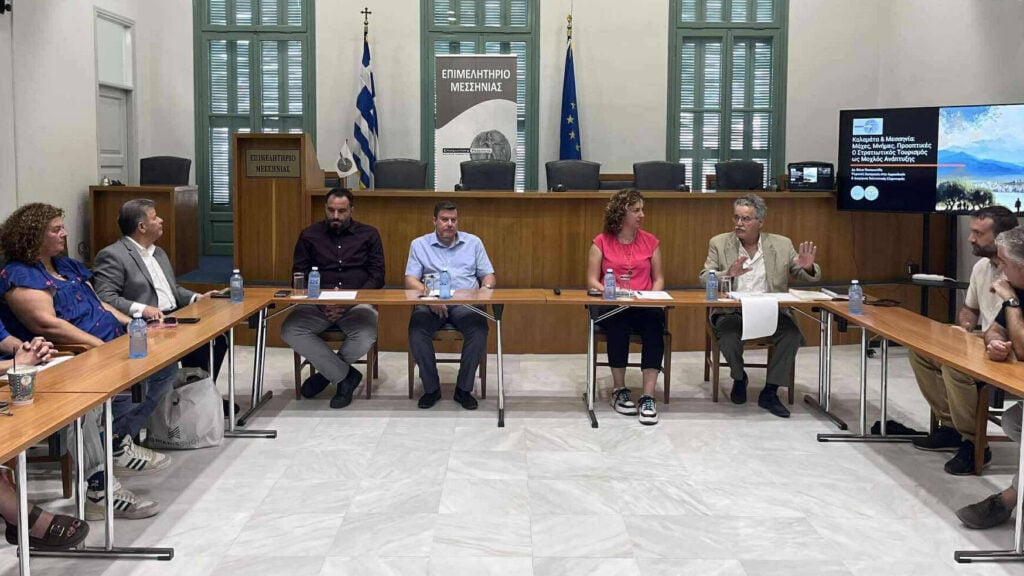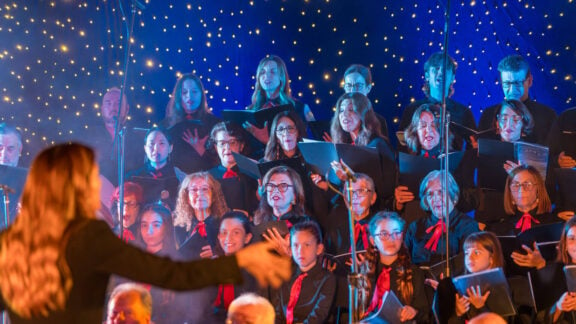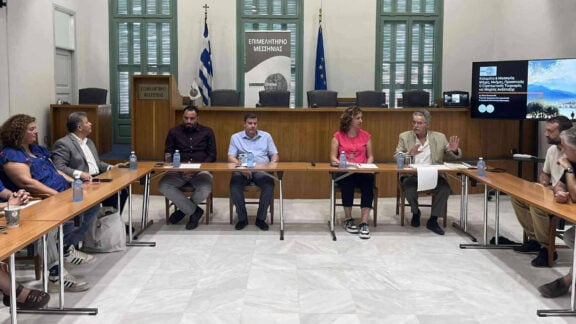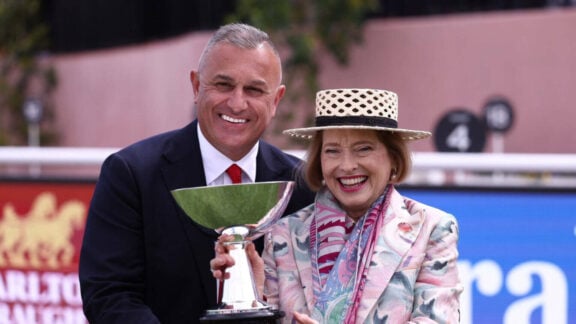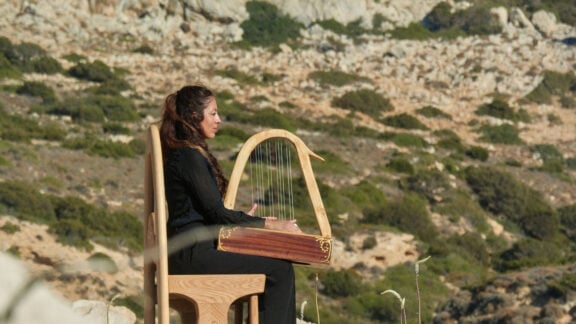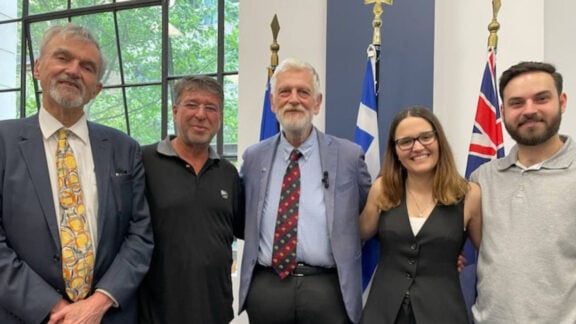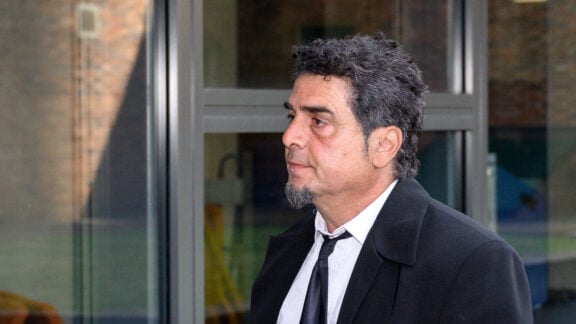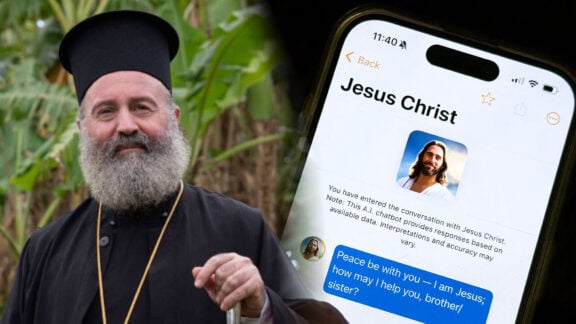As we approach this year’s OHI Day commemoration it was significant that in one important region of Greece – the Peloponnese – the concept of commemorative tourism was recently given a boost with an international discussion aimed at promoting awareness of the WW2 commemorative trail within Kalamata.
This gathering was one of a number held in Kalamata on World Tourism Day to promote discussion on tourism opportunities.
The working meeting was organised by the Messinian Chamber of Commerce and Tourism and its’ Deputy President Pavlos Grekis, on the occasion of World Tourism Day – 27 September – and held in Kalamata, with overseas participants taking part via zoom.
Participants included representatives of local and regional authorities, tourism professionals, members of local cultural associations and clubs, prominent academics from the University of the Peloponnese – Dr’s Vagia Panagiotidis and Marios Athanasopoulos – as well as those active in promoting the concept locally, such as Sotiris Theodoropoulos and Panagiotis Andrianopoulos (who is also Director of State Archives-Department of Messinia).
Sotiris was one of the driving forces initiating the meeting. It was my pleasure to be invited to take part in the discussion due to my long association with the region and its military heritage, especially its connection to the Anzacs in Greece in 1941.
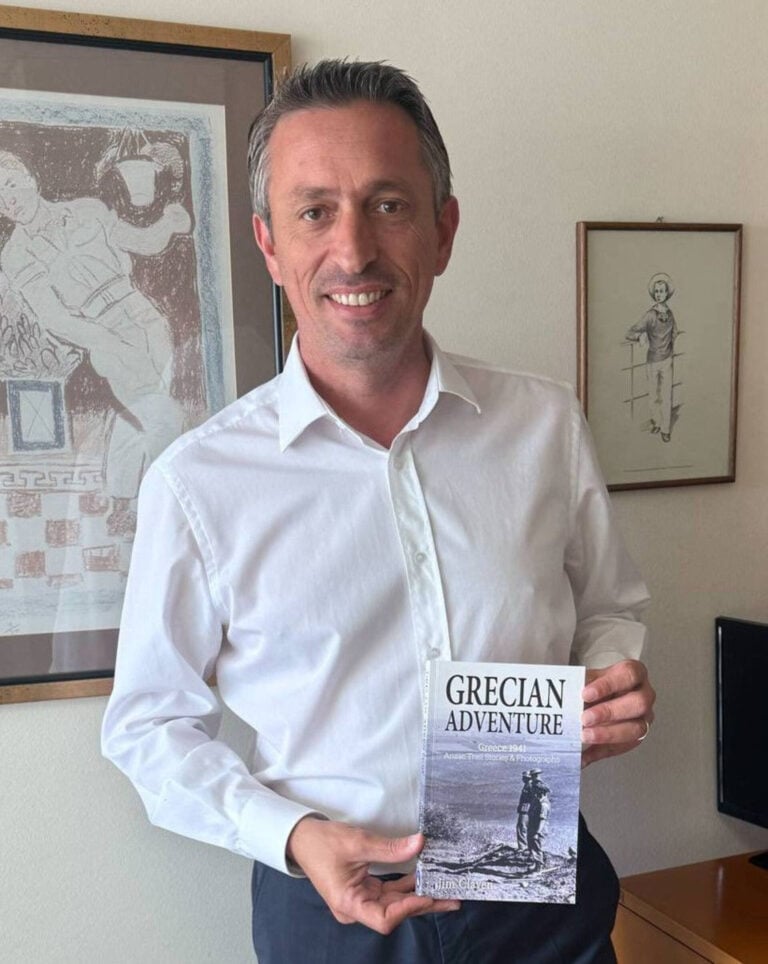
The meeting included keynote addresses by Dr Panagiotidis (entitled Kalamata & Messinia: Battles, Memories, Perspectives – Military Tourism as a Lever for Development), Dr Athanasopoulos (entitled The prospects of thematic tourism of Memory for Messinia) and my own (entitled Commemorative Tourism – Messinian Opportunities), followed by discussion.
The background to the meeting was the fact that Kalamata and the surrounding region played a significant part in the Greek campaign of 1941.
This is well documented and preserved in archives across the world. These sources identify the key locations connected to the campaign in Kalamata, locations that could form a WW2 military heritage trail.
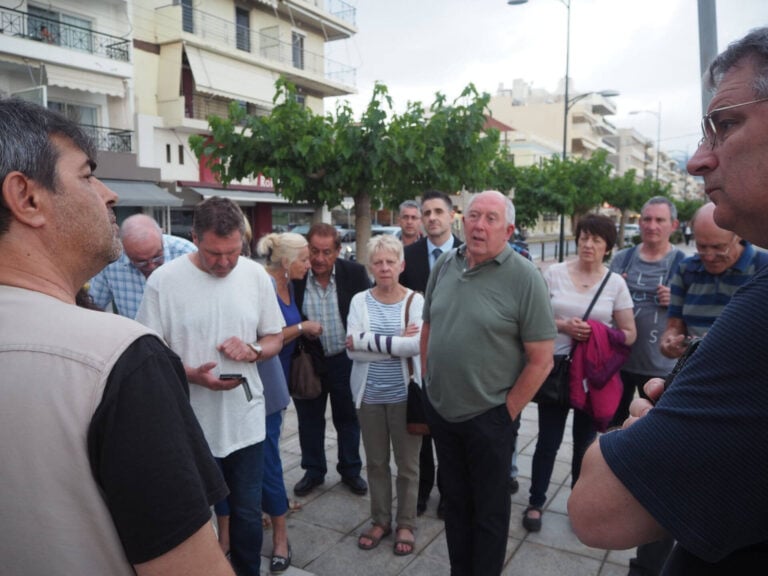
These reveal Kalamata’s role as one of the main evacuation ports as the campaign drew to a close. Some 18-20,000 Allied soldiers – including British, Australian, New Zealand and other Commonwealth troops as well as other Allied troops – made their way to the harbour city hoping for evacuation.
They arrived from the north, marching through the streets of the city and down to the harbour. While some camped on the northern edge of the city, many Allied troops went along the harbour front and on to temporary camps established under olive groves.
While the troops waited, the infrastructure of a temporary evacuation base would be established, including at the local Customs House on the harbour coordinating the evacuation.
With each evacuation, those lucky troops selected for evacuation would move down to the harbour in cover of darkness to allotted places along the harbour from where they would depart to safety.
The evacuation was interrupted by an advance German forces temporarily seizing control of the Customs House.
This force was overwhelmed by an Allied force pulled together from the troops available in the battle of Kalamata Waterfront.
One of the leaders of the Allied attack was Captain Albert Gray from Red Cliffs in Victoria.
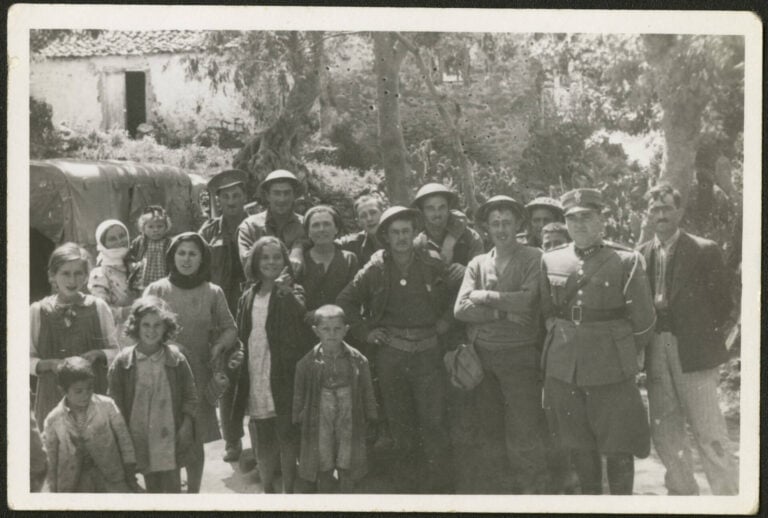
On 29 April the Germans finally captured the city and with it some 8,000 Allied troops. Kalamata’s story would continue as some Allied troops escaped after the fall of Kalamata itself, walking along the coast and evading captured.
Some sailed from Koroni and 200 were evacuated from Trahila and other ports in Mani.
Those who took part or witnessed these events at Kalamata carried these memories for years after the war. Soldiers remembered the warm welcome they received from the locals as they marched through the town.
One of the most moving accounts in our new documentary ‘Anzac The Greek Chapter’ is that of the veteran Don Stephenson recounting being offered sustenance by a local woman as he marched through Kalamata.
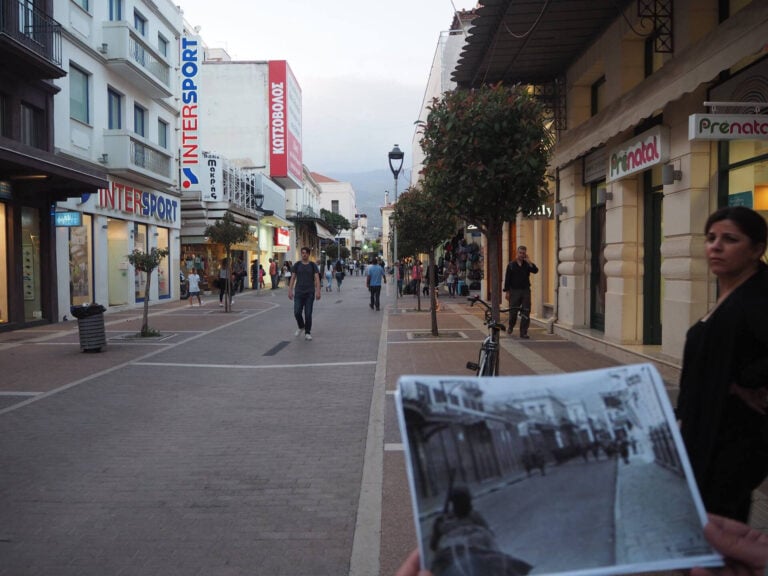
It is also reflected in the photographs of locals by another veteran, Private Syd Grant. This connection is felt by the descendants of these veterans and others, who return to Kalamata to remember the wartime experiences of their loved ones.
British veterans formed their Brotherhood of Veterans of the Greek Campaign (Brotherhood) in the early 1990’s, published ‘Tell Them We Were Here’ (an excellent sourcebook of veterans’ memoirs of the campaign compiled by veteran Edwin Horlington OBE) and established their dedicated website containing much sought after information on the campaign.
This is why the Brotherhood erected their major memorial in Kalamata, which is the site of an annual commemoration supported by the local municipality.
They also placed a memorial within the town hall itself to commemorating its use as a temporary hospital for wounded Allied troops.
It is also why I proposed and helped in the creation of the Kalamata Battle and the Mani Evacuation Memorials, supported by Melbourne’s Pammessinian Brotherhood Papaflessas and the local municipalities.
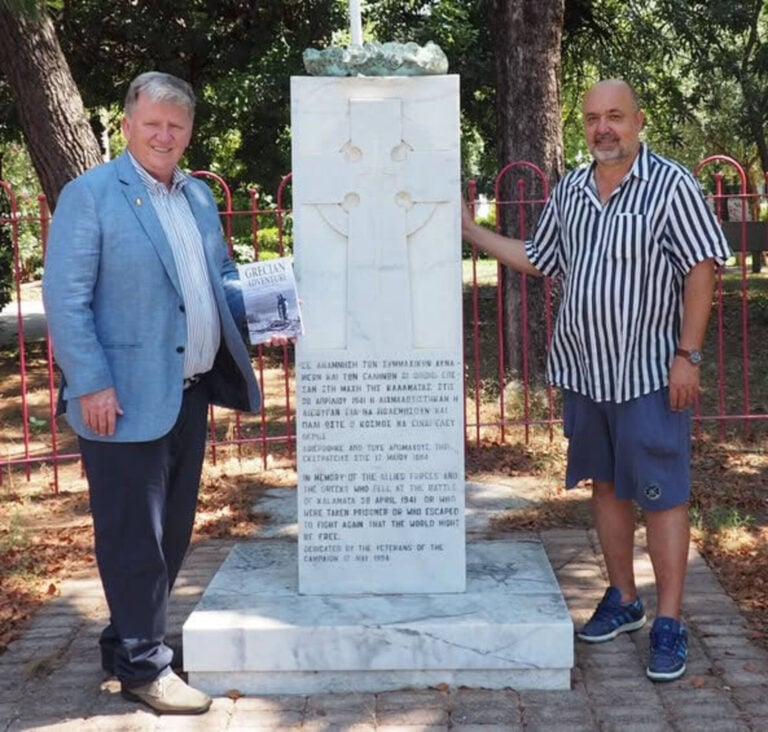
The latter was installed and unveiled at Trahila by the West Mani municipality in May this year.
Much local research has already been undertaken into Kalamata’s role in the Greek Campaign. The pioneering work of the late local historian Nikos Zervis resulted in his publication ‘Kalamata: Occupation, Resistance and Liberation’, which was subsequently translated and published by the Brotherhood.
Local journalists and researchers Ilias Bitsanis and Vasileios Bakopoulos have also written many articles on the battle, with Ilias publishing an e-book on the subject.
All of this has brought me into contact with local colleagues eager to advance this vision.
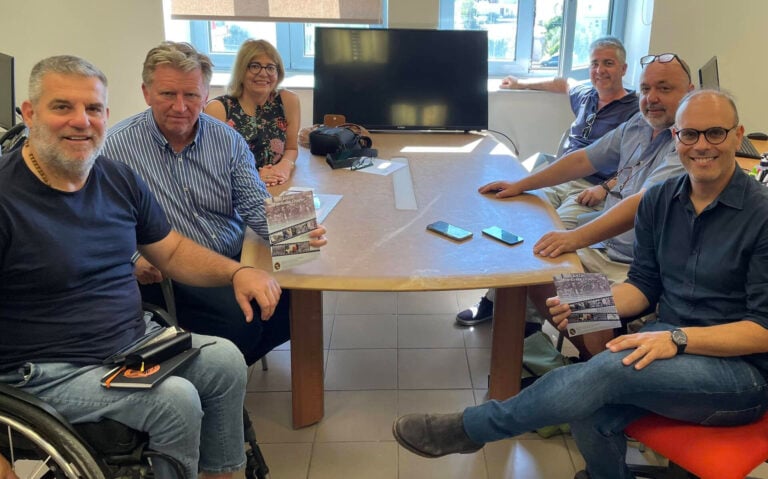
In May 2016 I met with local researchers Sotiris and Panagiotis who were able to identify a range of locations photographed by Australian troops as they marched through Kalamata in April 1941.
Along with Ilias Bitsanis, George Argyroiliopoulos and Vasileios Bakopoulos, Sotiris and Panagiotis in 2022 organised a tour of the key locations in Kalamata in conjunction with the annual Kalamata commemorative service.
Many members of the Brotherhood took part in this inaugural tour. Sotiris and Panagiotis also created a detailed “Battle of Kalamata, April 1941” cultural tourism route proposal in 2019.
For my own part I have also researched the Anzac link to Kalamata resulting in a number of articles and my publication Grecian Adventure and have advocated for and supported local efforts for the creation of a commemorative trail.
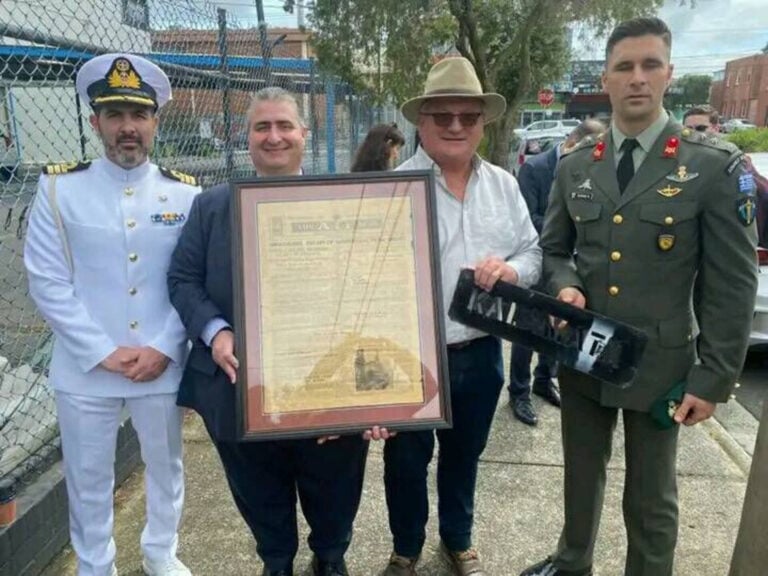
In meetings with Dr Marios Athanasopoulos and with the municipality including Kalamata’s Mayor Thanasis Vassiliopoulos I have argued for the creation of the trail, supported by plaques or markers.
In May this year the Kalamata Municipality screened ‘Anzac The Greek Chapter’ in Kalamata and I presented a copy of ‘Grecian Adventure’ to local Messinia MP Perikles Mantas in support of the trail concept.
The concept for a trail connecting the key sites in Kalamata and surrounds to assist commemorative visitors has been many years in the making. This is why the working meeting in Kalamata is of such significance.
Dr Athanasopoulos’ presentation pointed to military tourism as one of the new and emerging trends in global tourism which aligns cultural heritage management and memory studies.
The battle of Kalamata constitutes both a site of collective memory and an opportunity for the development of heritage-based tourism.
Its development requires deliberate intervention, with a key role for municipal authorities in curating, institutionalising and promoting these sites within broader cultural and tourism policies.
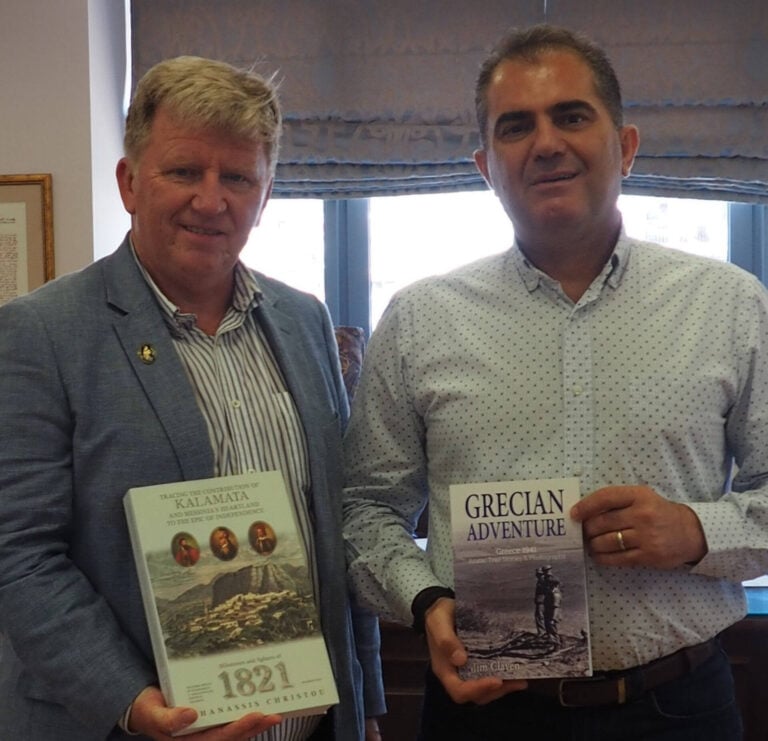
He suggested a key element could be the construction of a prominent commemorative monument in the harbour-front area, “symbolically embedding the historical event within the urban landscape”.
Other elements should include the publication of a multilingual commemorative volume (integrating visual archives, oral testimonies and historical analysis) and the establishment of an annual “honoured country” initiative embedded in commemorations held throughout May.
Dr Panagiotidis said military heritage tourism can be both a driver for sustainable tourism and cultural development and a catalyst for regional growth.
She hoped that Kalamata could be a recognised destination for what she referred to as “remembrance tourism”, bringing thousands of visitors, renewed international visibility and a deeper connection between history, identity and the city’s future.
My presentation pointed to some of the tourism opportunities for the region offered by the creation of the trail, amongst veteran’s descendants, those in the Messinian diaspora as well as all those interested in the region’s history. Many overseas associations provide communication vehicles to attract these visitors.
I also pointed out that a trail should have both physical and internet-based components. The trail must also be based on sound historical research, with trail locations supported by the evidence. In this I supported Dr Athanasopoulos’ suggestion of a harbour-front memorial.
The new trail could also link up with other related memorials including at Trahila, Pylos, Methone and Corinth.
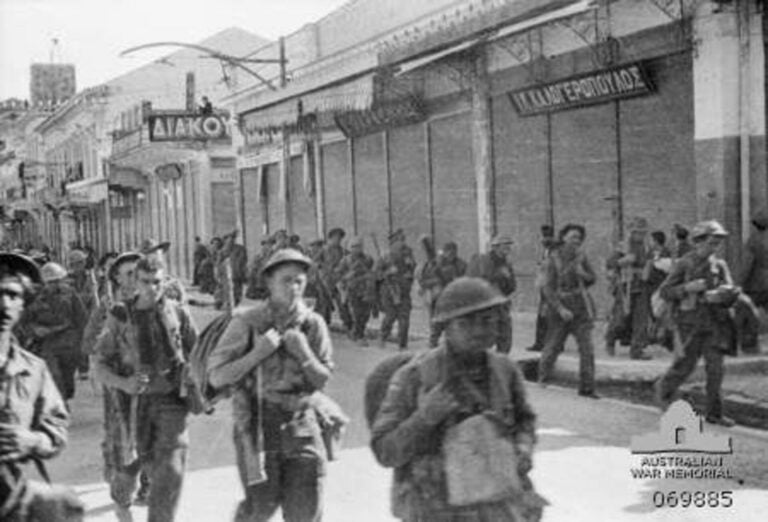
The Kalamata meeting is a significant step forward in the creation of a Kalamata WW2 commemorative trail.
Its development would stimulate the tourism sector with a new and innovative visitation stream as well as honour the commemorative heritage of the region, its people and those who came to defend Greece.
It would reinforce the connections between Diaspora communities and Kalamata through this recognition of the role of Allied countries in this part of Greece’s history.
It would also complement similar developments in other parts of Greece, such the Lemnos Remembrance Trail currently being established.
I am sure many veterans’ descendants and the Messinian Diaspora in Australia will join me in looking forward to the realisation of these proposals.
*Jim Claven is a trained historian, freelance writer and published author who has been researching the Hellenic link to Anzac for many years. His publications include Grecian Adventure, Anzac stories from the 1941 Greek campaign. He is also the Associate Producer of the documentary Anzac The Greek Chapter. He has assisted numerous veterans’ families in donating their Greek campaign archives to the State Library of Victoria and has assisted in the creation of a number of commemorative memorials in Greece, including at Kalamata, Trahila, Corinth, Pylos and Methone. He can be contacted via email – jimclaven@yahoo.com.au
